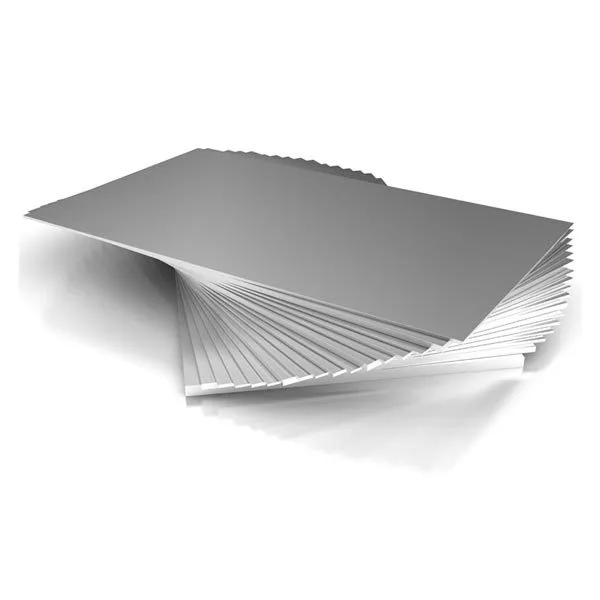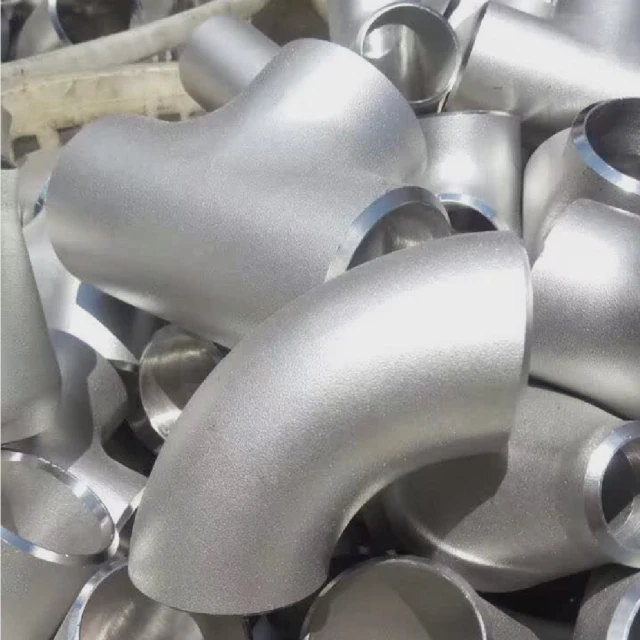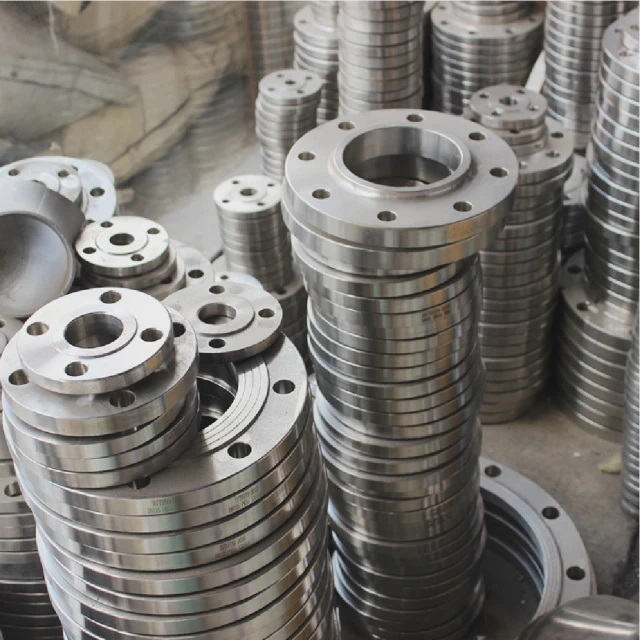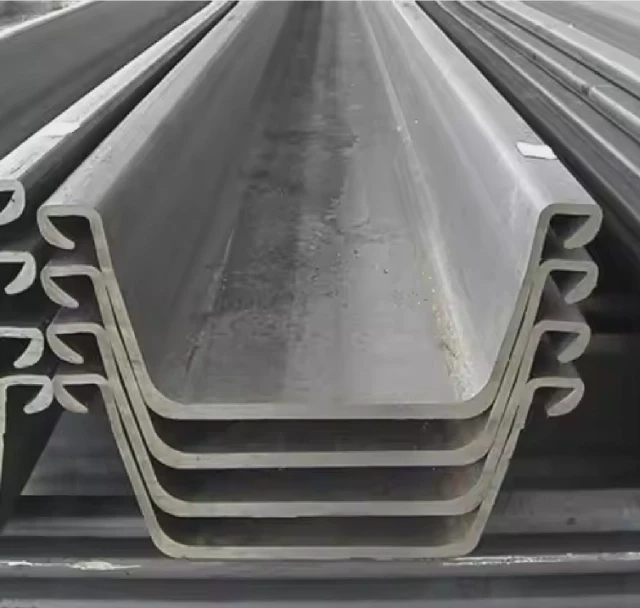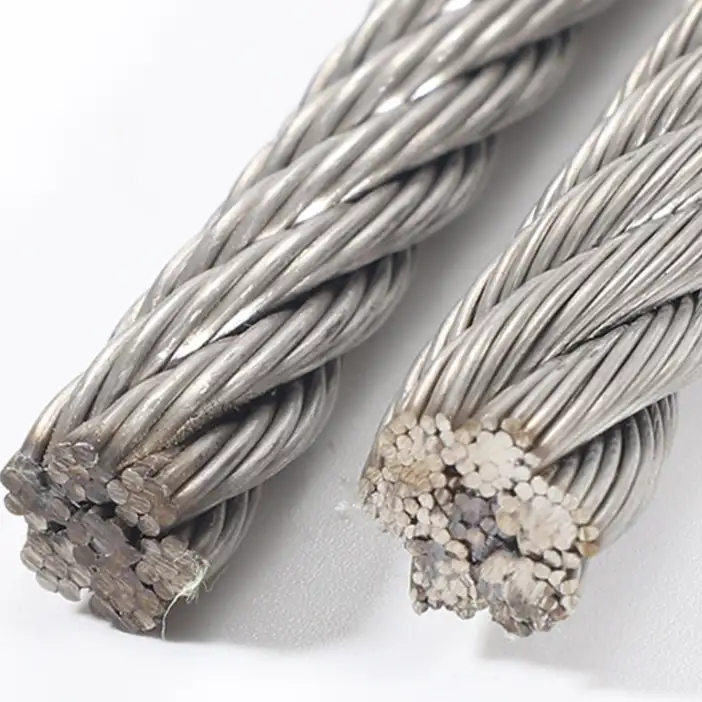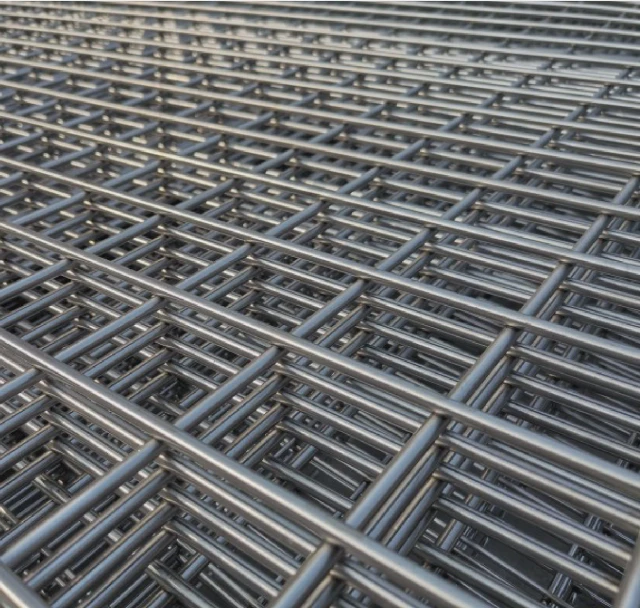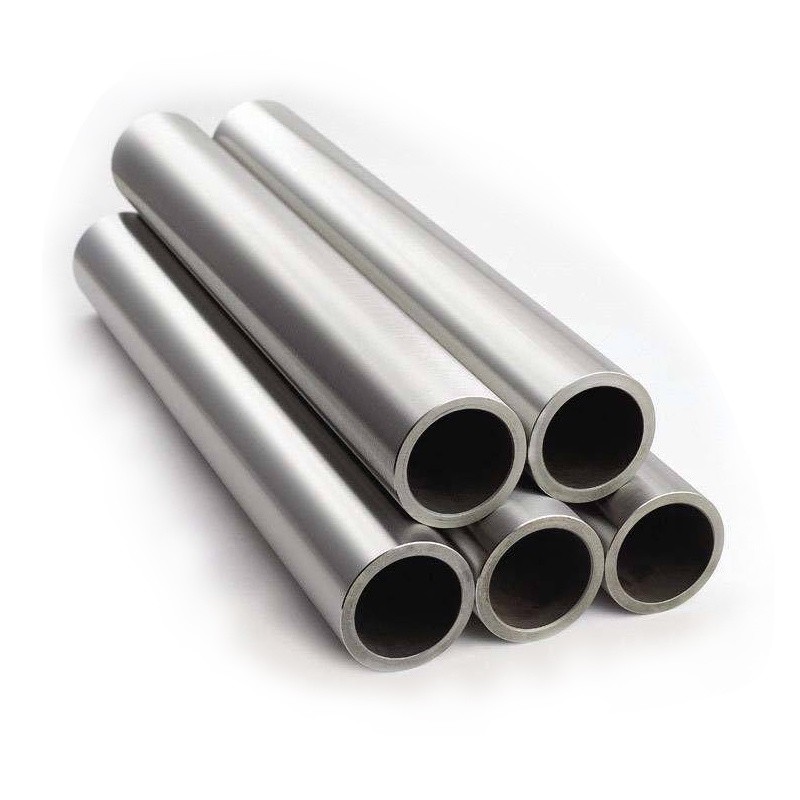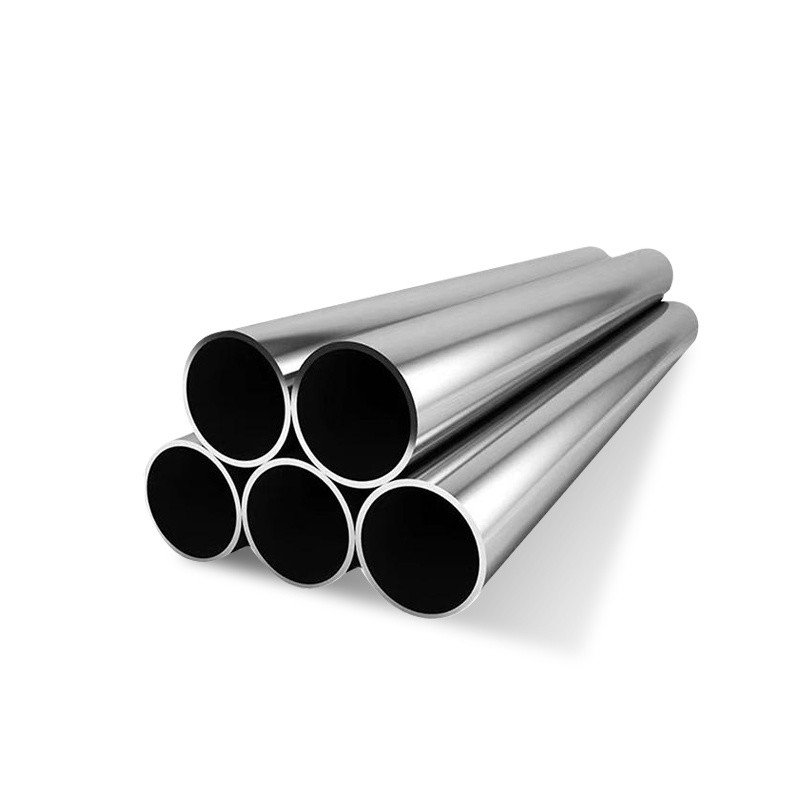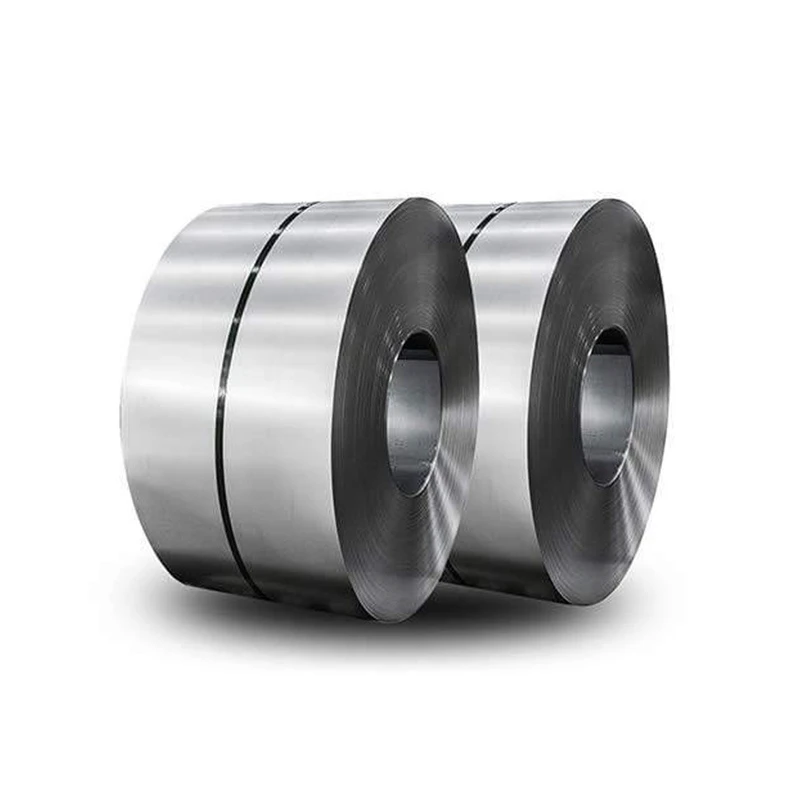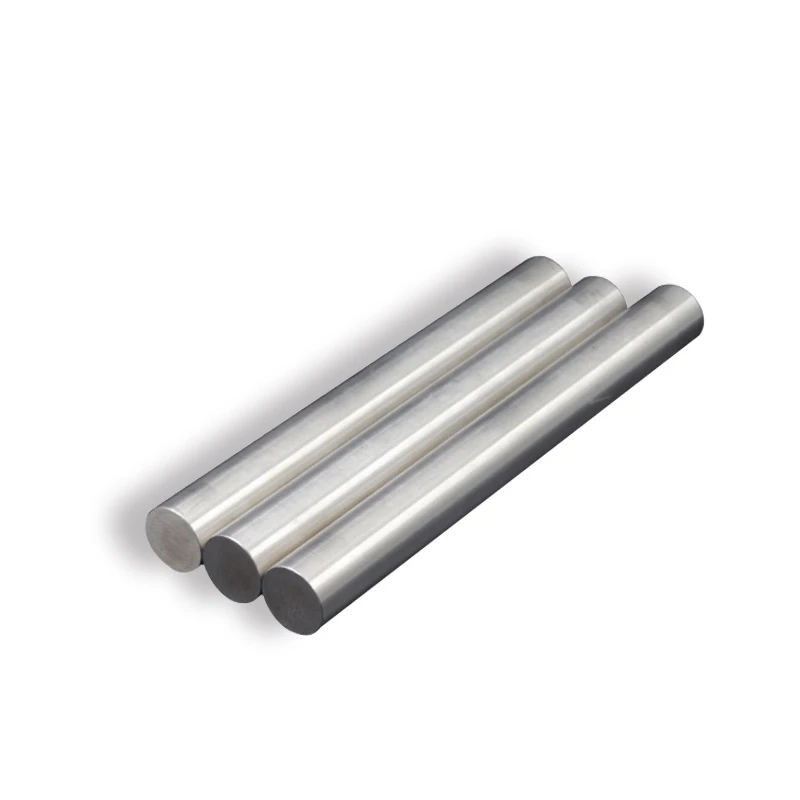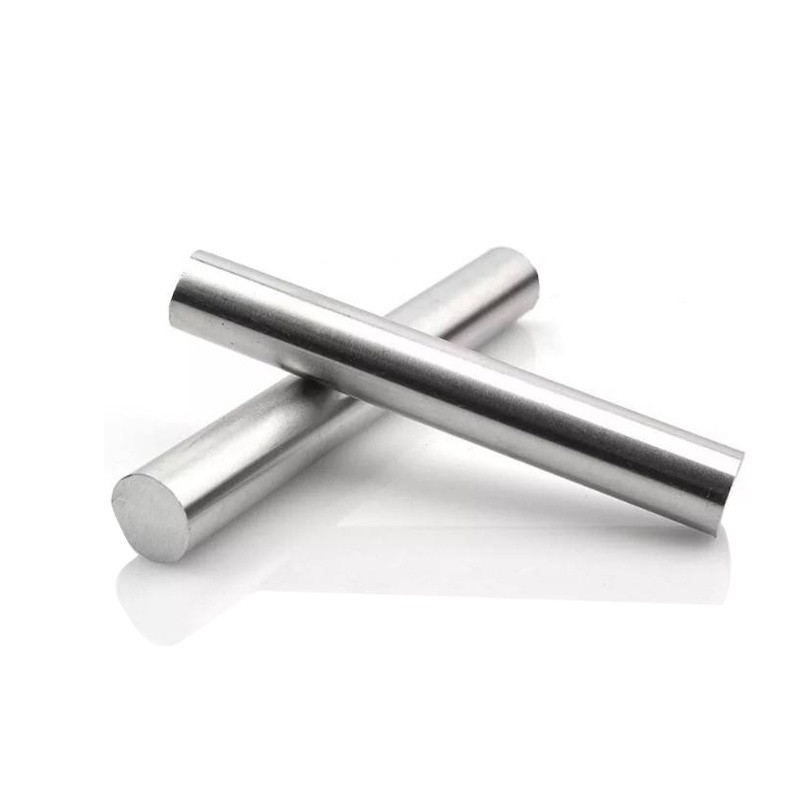
CATEGORIES
FEATURED PRODUCTS
316L Stainless Steel Plate
We offer this product and related grades with 100% factory direct pricing and free quotes available within 24 hours.
APPLICATION SCENARIOS

OUR ADVANTAGE

Certificate of Honor

PARTNER

Our Factory

What is 316L Stainless Steel? 316L Stainless Steel (UNS S31603) is a low-carbon version of 316 stainless steel, an austenitic chromium-nickel-molybdenum alloy. While retaining all the excellent properties of standard 316, the reduced carbon content (maximum 0.03%) in 316L dramatically minimizes the risk of sensitization during welding. Sensitization is a phenomenon where chromium carbides precipitate at grain boundaries, depleting chromium in those areas and making the material susceptible to intergranular corrosion. By limiting carbon, 316L largely eliminates this concern, making it the preferred choice for applications involving extensive welding, especially in corrosive environments, without the need for post-weld annealing. It's often referred to as "marine grade" stainless steel due to its superior resistance to chloride corrosion.
Unpacking the Enhanced Properties of 316L Stainless Steel
The subtle modification in carbon content elevates 316L's performance, particularly in fabrication and demanding environments.
Superior Corrosion Resistance (with a focus on Weldability)
The defining characteristic of 316L is its enhanced corrosion resistance, especially after welding. The low carbon content is key here:
- Immunity to Sensitization: This is the paramount advantage. Unlike standard 316, 316L is practically immune to carbide precipitation in the heat-affected zone during welding. This means it maintains its full corrosion resistance, particularly its resistance to intergranular corrosion, even in the as-welded condition, making post-weld heat treatment unnecessary for corrosion purposes.
- Pitting and Crevice Corrosion: Like standard 316, 316L benefits from the addition of molybdenum (2-3%), which provides excellent resistance to pitting and crevice corrosion, particularly in chloride-containing environments like seawater, brackish water, and various chemical solutions. Its Pitting Resistance Equivalent Number (PREN) typically ranges between 25 and 30.
- General Corrosion: It offers strong resistance to a wide range of acids, including sulfuric, hydrochloric, acetic, formic, and tartaric acids, as well as acid sulfates.
- Stress Corrosion Cracking (SCC): While austenitic stainless steels are generally susceptible to SCC in chloride environments at elevated temperatures, 316L offers better resistance than 304 due to its higher nickel and molybdenum content.
Robust Mechanical Properties
316L retains the excellent mechanical properties inherent to the 316 family, ensuring reliability in various applications.
- Strength: It provides good tensile and yield strength, making it suitable for structural and pressure-containing components.
- Ductility and Formability: As an austenitic stainless steel, 316L boasts excellent ductility and formability. It can be easily deep drawn, bent, and fabricated into complex shapes, which is a significant advantage in manufacturing processes.
- Toughness: It maintains good toughness even at cryogenic temperatures, extending its utility to low-temperature applications.
- Weldability: 316L has excellent weldability by all standard fusion methods, making it highly preferred for heavily welded structures where maintaining corrosion resistance is critical.
Heat Resistance
316L also exhibits good heat resistance, similar to standard 316.
- Continuous Service: Up to 870°C (1600°F) in continuous service.
- Intermittent Service: Up to 925°C (1700°F) in intermittent service.
While it can withstand these temperatures, its primary benefit is its aqueous corrosion resistance. For applications primarily focused on high-temperature strength and oxidation resistance above these limits, higher-alloyed grades like 310S would be more appropriate.
Detailed Specifications: Dimensions and Parameters
We offer our ASTM 316L Stainless Steel Plate in a comprehensive range of standard dimensions, designed to meet the diverse needs of your projects. Custom sizes and various finishes are also readily available.
| Parameter | Standard Range |
| Thickness | 0.3mm - 100mm (0.012 in - 3.937 in) |
| Width | 1000mm - 4000mm (39.37 in - 157.48 in) |
| Length | 2000mm - 12000mm (78.74 in - 472.44 in) |
| Surface Finish | 2B, BA, No.1, No.4, HL (Hairline), Mirror |
| Edge Condition | Mill Edge, Slit Edge |
| Standard | ASTM A240/A240M, ASME SA240 |
Please note: Specific dimensions and availability may vary based on current market conditions and manufacturing capabilities. For precise information on your required specifications, we encourage you to contact our sales team.
Chemical Composition of 316L Stainless Steel
The precise alloying, particularly the controlled low carbon content, is what gives 316L its critical performance characteristics. We ensure our plates adhere strictly to ASTM standards.
| Element | Weight Percentage (%) |
| Carbon (C) | ≤0.030 |
| Silicon (Si) | ≤0.75 |
| Manganese (Mn) | ≤2.00 |
| Phosphorus (P) | ≤0.045 |
| Sulfur (S) | ≤0.030 |
| Chromium (Cr) | 16.0 - 18.0 |
| Nickel (Ni) | 10.0 - 14.0 |
| Molybdenum (Mo) | 2.00 - 3.00 |
| Nitrogen (N) | ≤0.10 |
The critical distinction here is the maximum 0.030% carbon content, which significantly differentiates 316L from standard 316.
316L Stainless Steel vs. Other Stainless Steel Grades: A Direct Comparison
Understanding the subtle yet significant differences between 316L and other stainless steel grades is essential for optimal material selection.
| Feature | 316L | 316 | 304L | 904L | 310S |
| Carbon Content | Low (≤0.030%) | Standard (≤0.08%) | Low (≤0.030%) | Low (≤0.020%) | Low (≤0.08%) |
| Weldability for Corrosion | Excellent (no sensitization, no post-weld anneal) | Good (may need post-weld anneal for corrosion) | Excellent (no sensitization, no post-weld anneal) | Good (requires specific filler and care) | Good (low carbon enhances it) |
| Pitting Resistance (PREN) | Good (25-30) | Good (25-30) | Moderate (18-20) | Superior (>35) | Moderate (comparable to 304) |
| Chloride Resistance | High | High | Moderate | Very High | Moderate |
| Cost | Moderate (slightly higher than 316) | Moderate | Low | Very High | High |
| Typical Use | Welded structures in corrosive environments, marine, chemical, food | General chemical, marine, food (non-welded) | General purpose, easily welded | Sulfuric acid, severe chemical processing, high-end marine | High-temperature applications, furnace components |
The choice between 316 and 316L often comes down to welding requirements. If extensive welding is involved and maintaining maximum corrosion resistance in the welded condition is critical, 316L is the clear choice.
Industries and Applications for 316L Stainless Steel
The superior weldability and enhanced corrosion resistance of our ASTM 316L Stainless Steel Plate make it an indispensable material in a vast array of critical industries and applications.
| Industry | Typical Applications |
| Marine & Offshore | Boat fittings, railings, saltwater filtration systems, offshore platforms, subsea equipment, components exposed to aggressive brackish water, desalinization plants |
| Chemical & Petrochemical | Chemical processing equipment, pressure vessels, tanks, piping systems for corrosive chemicals, heat exchangers, evaporators, reactor vessels |
| Pharmaceutical | Production equipment, storage tanks, piping, cleanroom components, medical implants, surgical instruments (due to its cleanliness and corrosion resistance) |
| Food & Beverage | Food preparation and processing equipment, brewing vats, dairy equipment, sanitary piping, storage tanks, especially where highly acidic foods are processed |
| Medical Devices | Surgical implants, instruments, and equipment where biocompatibility and corrosion resistance are vital |
| Water Treatment | Wastewater treatment components, filtration units, piping in aggressive water conditions |
| Textile & Paper | Bleaching equipment, digesters, dyeing equipment in pulp and paper mills |
| Architectural | Coastal buildings, outdoor structures in corrosive atmospheres, highly exposed facades, railings |
Global Price Overview: ASTM 316L Stainless Steel Plate
The pricing of ASTM 316L Stainless Steel Plate is influenced by global market demand, the cost of its raw materials (particularly nickel and molybdenum), and regional production capacities. While it commands a slightly higher price than standard 316 due to the stricter carbon control during manufacturing, the long-term benefits in terms of reduced maintenance and extended service life often outweigh this initial cost. The figures below are illustrative and subject to market fluctuations. For the most accurate and current pricing, please contact us directly.
| Region / Factor | Price Range (USD per Metric Ton) - Illustrative | Notes |
| Asia | $5,000 - $7,500 | Often competitive due to high-volume production; prices may vary based on specific mill and order size. |
| Europe | $6,000 - $8,500 | Known for high-quality production, with prices reflecting advanced manufacturing and environmental standards. |
| North America | $6,500 - $9,000 | Prices can be influenced by domestic demand, supply chain dynamics, and specific alloy surcharges. |
| Raw Material Cost (Nickel, Molybdenum) | High Impact | Fluctuations in the global commodity markets for nickel and molybdenum are primary cost drivers. |
| Order Volume | Discounts for Bulk | Larger purchase quantities typically result in more favorable per-unit pricing. |
| Thickness & Finish | Varies | Thinner gauges, thicker plates, or specific surface finishes (e.g., mirror) can influence the final cost. |
Disclaimer: These are approximate price ranges and should not be considered as definitive quotes. For precise pricing and lead times, please reach out to our sales team.
Frequently Asked Questions (FAQs)
We've compiled answers to some of the most common questions we receive about our ASTM 316L Stainless Steel Plate to provide quick and clear information.
Q1: What is the "L" in 316L and why is it important?
A1: The "L" in 316L stands for "Low Carbon." It's important because it signifies that the carbon content in 316L is restricted to a maximum of 0.030%. This low carbon level is crucial for preventing sensitization, a process where chromium carbides form at grain boundaries during welding or high-temperature exposure. Sensitization depletes chromium, making the material susceptible to intergranular corrosion. By using 316L, this risk is significantly reduced, preserving its full corrosion resistance in the welded condition without requiring post-weld heat treatment.
Q2: Is 316L stainless steel better than 316 stainless steel for all applications?
A2: Not necessarily for all applications, but it is generally preferred for applications involving extensive welding or where the material will be exposed to temperatures in the sensitization range (around 425-815°C or 800-1500°F) in service. For applications where no welding is involved, or where post-weld annealing is feasible, standard 316 may be sufficient. However, due to its enhanced weldability for corrosion resistance, 316L has largely replaced standard 316 in many demanding industries.
Q3: Can 316L stainless steel be used in marine environments?
A3: Absolutely. 316L is often referred to as "marine grade" stainless steel because of its excellent resistance to corrosion in seawater and other chloride-containing environments. The molybdenum content provides superior resistance to pitting and crevice corrosion, which are common issues in marine applications. Its low carbon content further enhances its suitability by ensuring welded joints maintain this high level of corrosion resistance.
Q4: Is 316L stainless steel considered food grade?
A4: Yes, 316L stainless steel is widely considered "food grade" and is extensively used in the food and beverage, and pharmaceutical industries. Its high corrosion resistance, non-reactive surface, and ease of cleaning make it ideal for contact with various food products and processing environments where hygiene and prevention of contamination are paramount.
Q5: How does the cost of 316L compare to 304L stainless steel?
A5: 316L stainless steel is generally more expensive than 304L stainless steel. This higher cost is primarily due to the addition of molybdenum in 316L, which is a relatively expensive alloying element, and its slightly higher nickel content. While 304L is suitable for general-purpose applications, 316L's enhanced corrosion resistance, particularly in chloride environments, justifies its higher price for more demanding and corrosive applications.







